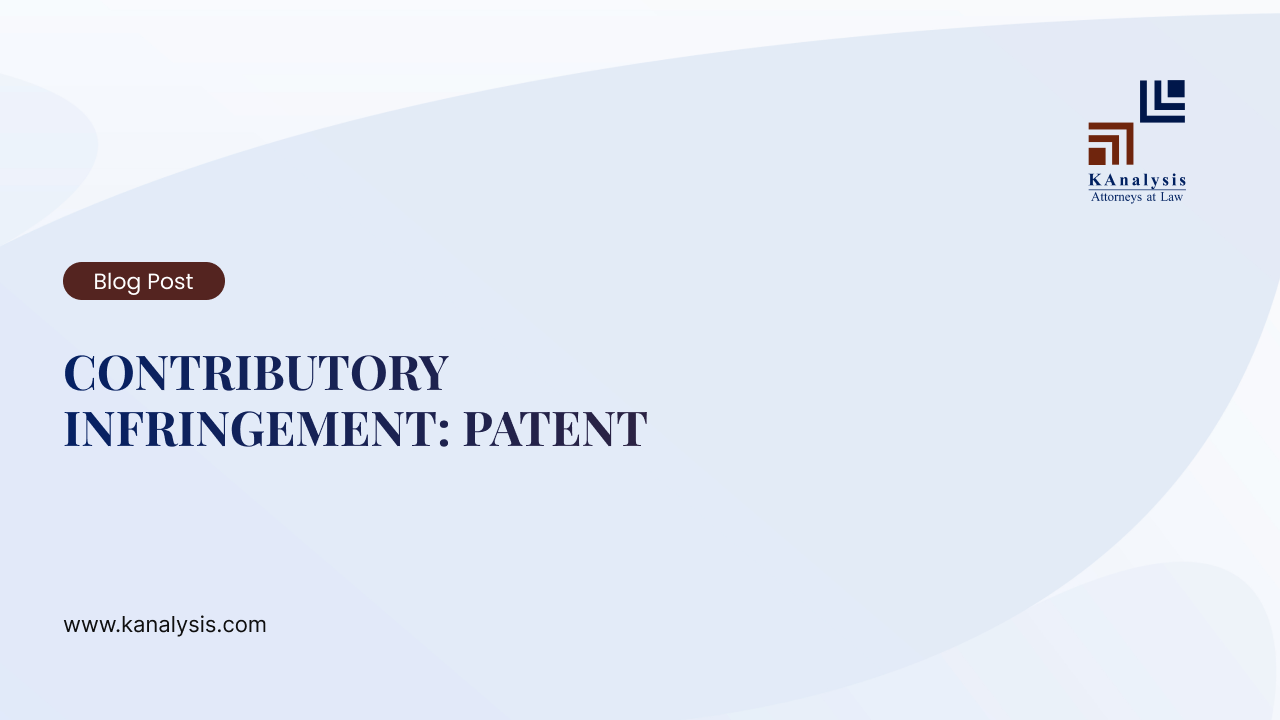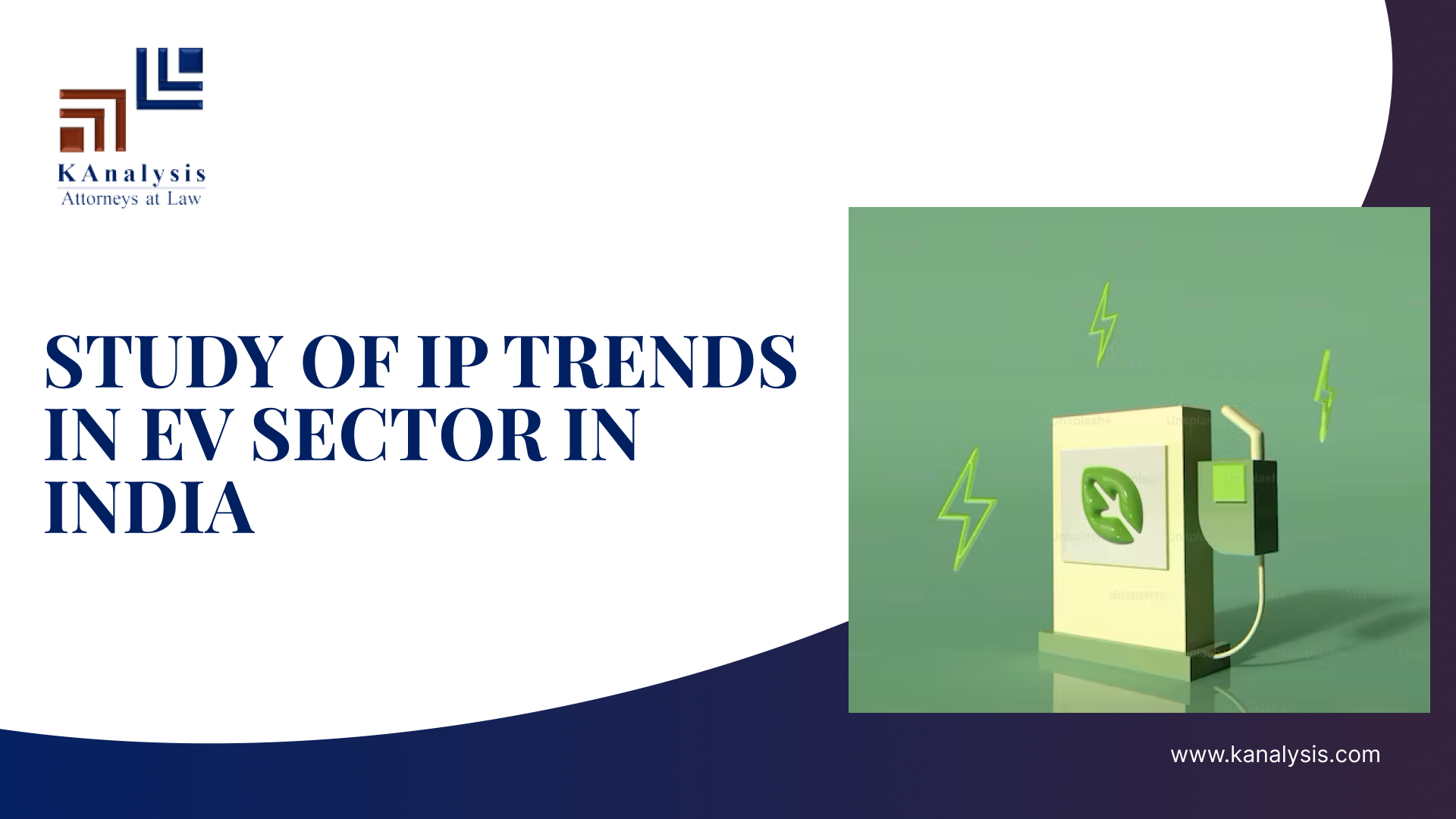The infringement of patents in India is governed under the Patents Act, 1970. Violation of a patentee’s right with respect to its invention is known as patent infringement. When the rights of the patent holder or the claims in the patent are violated by a third party, without the consent, the third party is said to have infringed the patent rights of the patent holder. While doing a patent infringement risk analysis, it is necessary to understand the types of patent infringements to ensure that the invention is not likely to infringe any of the existing patent rights.
TYPES OF INFRINGEMENT

Patent infringement can be divided into two types those are:
- Direct Infringement – Herein, without the authorization of the patentee the infringer markets, sell or commercially uses the patented item or an invention that performs substantially similar functions. It can be further classified into literal and non-literal infringement. Literal infringement happens when the infringer uses every component in the patent specification in the allegedly infringing product or device or process. Whereas, in non-literal infringement the infringing device or product may be equivalent to the claimed invention performing the same function to achieve substantially the same results.
- Indirect Infringement – Also known as induced infringement, it occurs when the infringement so happened is facilitated by someone else. It is a type of infringement where the patentee’s rights are encroached upon voluntarily with some deceit or involuntarily. It can be divided into Contributory and Willful infringement. Willful infringement is a type of infringement where the infringer knowingly disregards the rights of the patentee and continues with the infringement. Further, in this blog Contributory infringement would be discussed in the light of US and Indian laws.
CONTRIBUTORY INFRINGEMENT
It occurs when there is intentional assistance by one party in an act of infringement to the other party, thereby making them vicariously liable for the acts of the infringing party. It happens when a party sells a product that they are aware is used in the infringing product. The indirect infringer, knowingly supplies such essential components that will lead to direct infringement of the manufacturer’s product then it is said to be contributory infringement. He has contributed to the continuing infringement.
Example- A has a patent on a particular type of engine. D makes a substantially similar engine, that infringes A’s patent with the help of B’s supply of an essential component. Here, D has committed the direct infringement, and B has committed indirect infringement of A’s patent rights. Now, if B had supplied or sold such an essential component knowingly, B would have committed contributory infringement.
In India, the doctrine of contributory infringement is not well established. Indian Patent Act, 1970 does not contain any specific provisions in this regard. All it states is what constitutes infringement and who is an infringer. However, this broad definition does not help in interpreting the finer issues involved in an analysis of contributory infringement. But, with India being a signatory to the GATT and TRIPS Treaty and the advent of the product patent era in drugs & pharmaceuticals, coupled with India’s leading position in software technologies it is important that we incorporate all the aspects of this infringement.
INTERNATIONAL PERSPECTIVE
In US- 35 U.S.C S 271 (c) clearly defines contributory infringement. Wherein it states that the defendant has contributed an element to an infringing technology. The infringer must have knowledge that the article in question was patented and his use of the invention to make, use, sell or offer to sell will constitute infringement. In some countries like South Korea, such knowledge is not mandatory and the mere act of producing components that could only be used to produce a patented article contribute to contributory infringement. Further connotation of it can be seen within the UK wherein the place from where the supply is made of the material or its part and the place where the invention is carried out, should be within the UK in order to constitute contributory infringement of all others brought in the UK by foreign suppliers are excluded. Further, there are some landmark judicial pronouncements of different countries which talk about contributory negligence.
- The Taxol Case [ Bristol-Myers Squibb Co. vs FH Faulding & Co. Ltd. [2000] FCA 316]
The Full Court of the Federal Court of Australia laid down in this case the judicial interpretation of the law on contributory infringement. In this case the plaintiff held the patent for the method of administering the drug ‘taxol’ to patients for the treatment of cancer. The defendant supplied this drug to the medical practitioners in Australia along with the process of how it is to be administered in the treatment of cancer. The court found the defendants guilty of contributory infringement by applying purposive construction to the provisions.
- Hoffmann-La Roche Inc. vs Promega Corp [C-93-1748 VRW (ND CA, Dec. 7, 1999)]
Plaintiff sued the defendants, alleging that it breached its license and contributed to the infringement of its PCR process patents when it packaged nTaq in a ‘PCR optimized’ kit. Since the defendants could not prove such substantial ‘non-infringing use’ the Court decided that there was sufficient ground for considering that they have contributorily infringed the plaintiff’s patent. This is a classic case where one of the fundamental provisions in defining contributory infringement was taken into consideration while deciding the merits of the case.
IMPORTANCE OF CONTRIBUTORY INFRINGEMENT
With the increasing usage of technology the world is growing and so are the ways of infringement and it is getting difficult to keep a record of the infringements happening online. These infringers may change their identity or websites. It is always good for a patentee to have added protection for their patents against infringers. Contributory infringement gives owners another way to protect their licensed material. It lets them go after third parties involved in illegal transactions. To prove contributory infringement, the plaintiff must:
- show that the defendant knew about the illegal activity;
- provided a way for it to happen.
As there are a number of websites selling infringing goods, holding them accountable for contributory infringement would be key. This could be very well seen in the case of – Louis Vuitton Malletier, S.A. v. Akanoc Solutions, Inc.: Luxury goods maker of the plaintiff alleged that internet service provider (ISP) Akanoc (defendant) knew websites it hosted were selling fake goods. Even though the plaintiff sent the defendant takedown notices, the defendant didn’t remove the websites. The court found the defendant liable for contributory infringement.
REMEDIES FOR INFRINGEMENT
The Patents Act, 1970 empowers the patentee to file a suit in case there is an infringement of his exclusive patent rights. In India, both district courts and the High Courts have the power to hear cases related to patent infringement. Section 48 of the Indian Patents Act contains the rights of the patentees. It lists activities like using, selling, making, and importing, the patented products by the defendants as the infringement of the patentee’s rights. The remedies the patentee can seek from court are temporary injunction, or permanent injunction and damages.
CONCLUSION
Patent infringement is a violation of the patentee’s rights and different types of infringements have to be dealt with and defended differently. As we could easily see that all other countries are taking into account different types of infringements so that it gets difficult for the infringers to get away with it. The more comprehensively the types of infringements are laid out easier it gets to enforce the patentee’s rights. Also with the advent of technology it becomes crucial to bring about all types of infringement into well-codified form and chalk out remedies in each case. India needs to follow the stance of the global community regarding contributory infringement.



